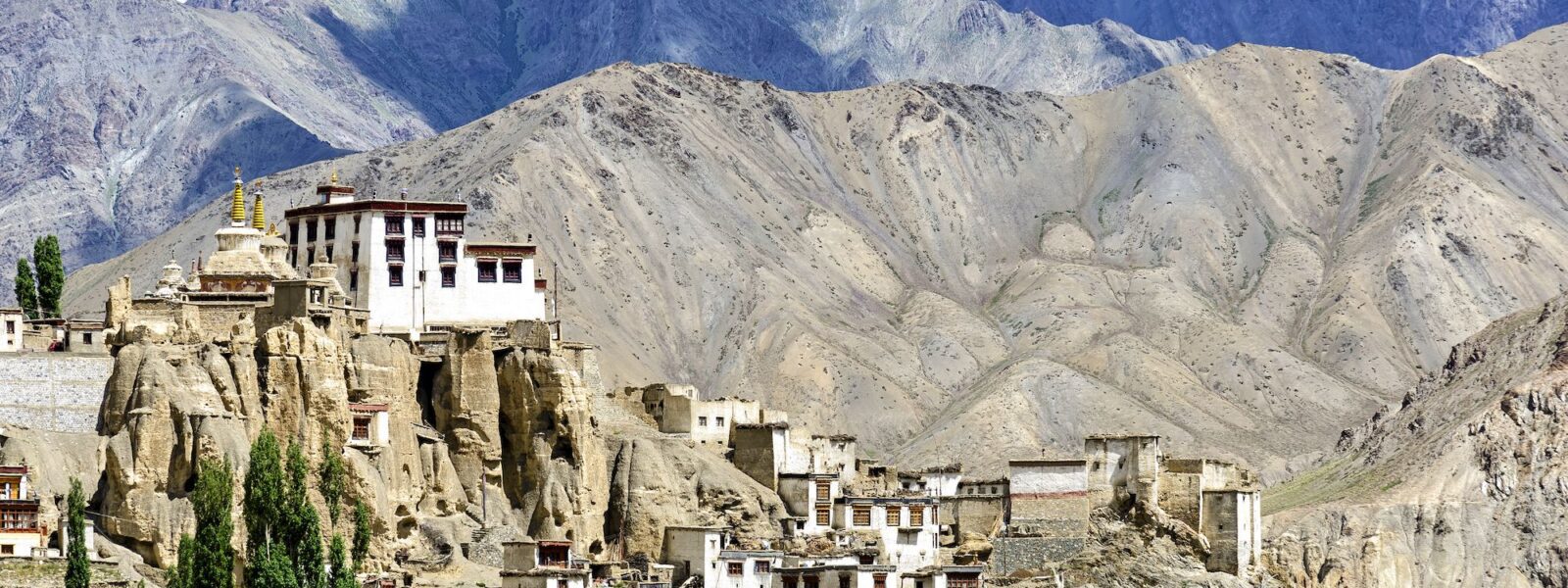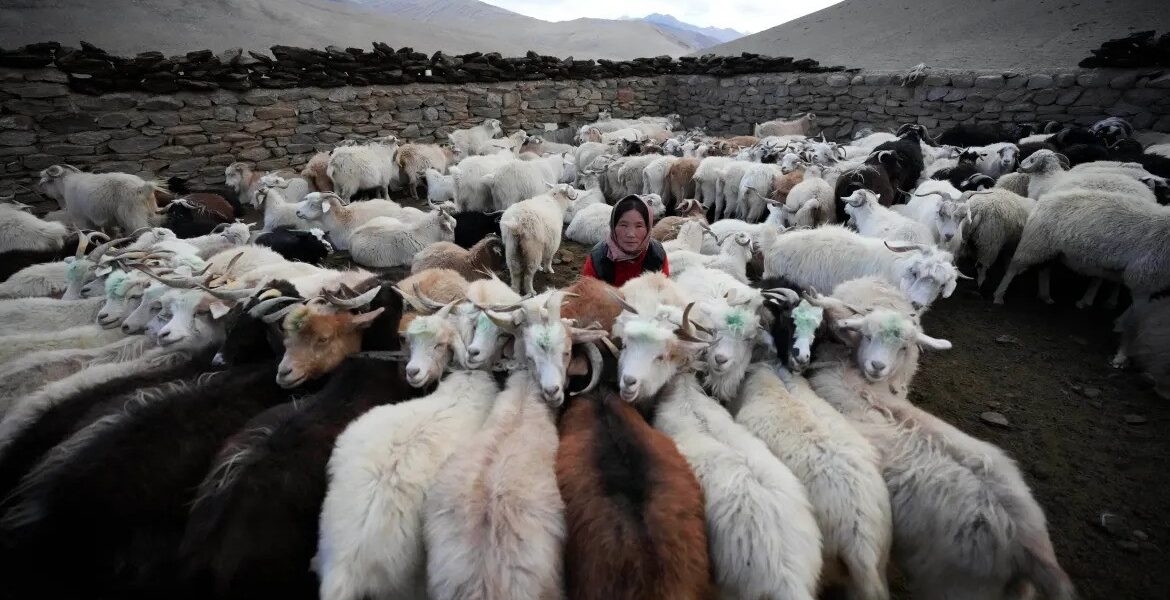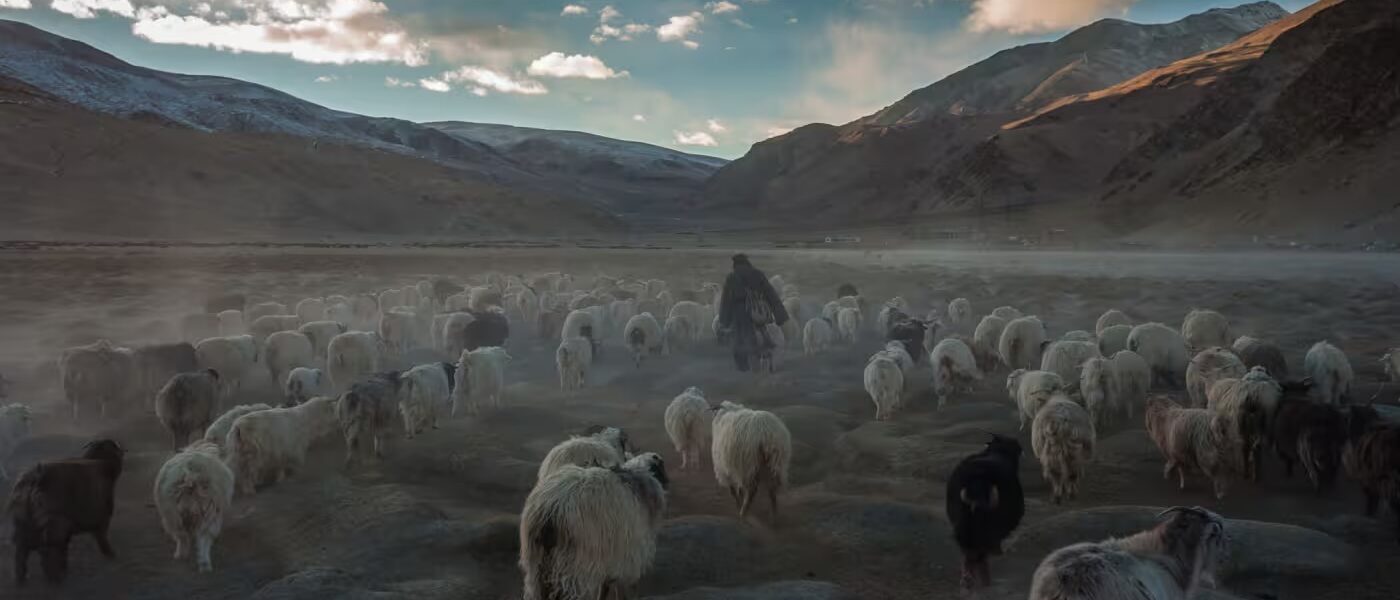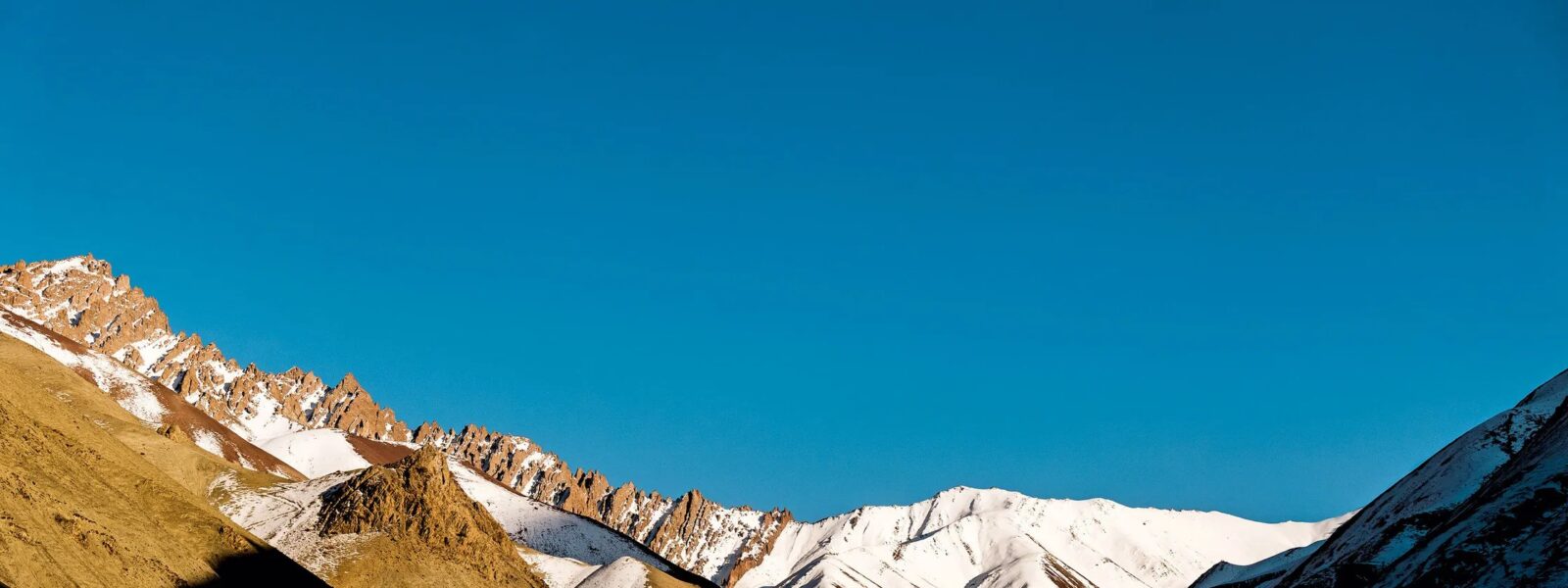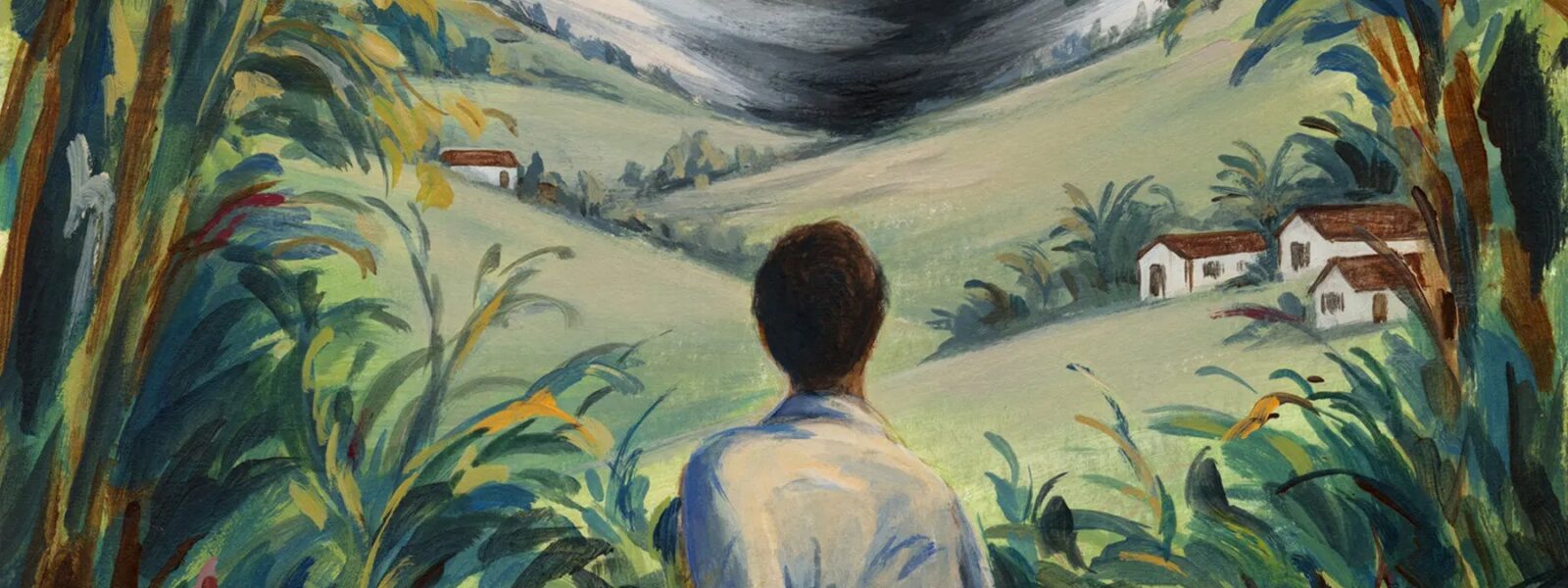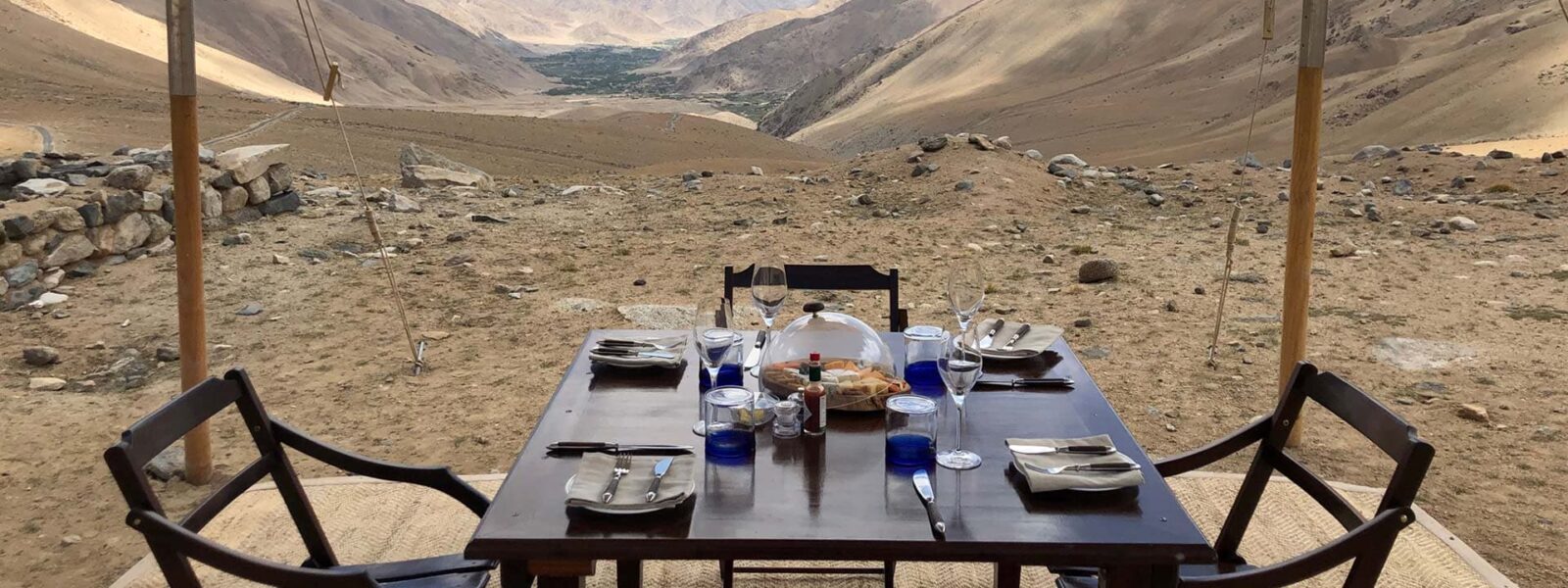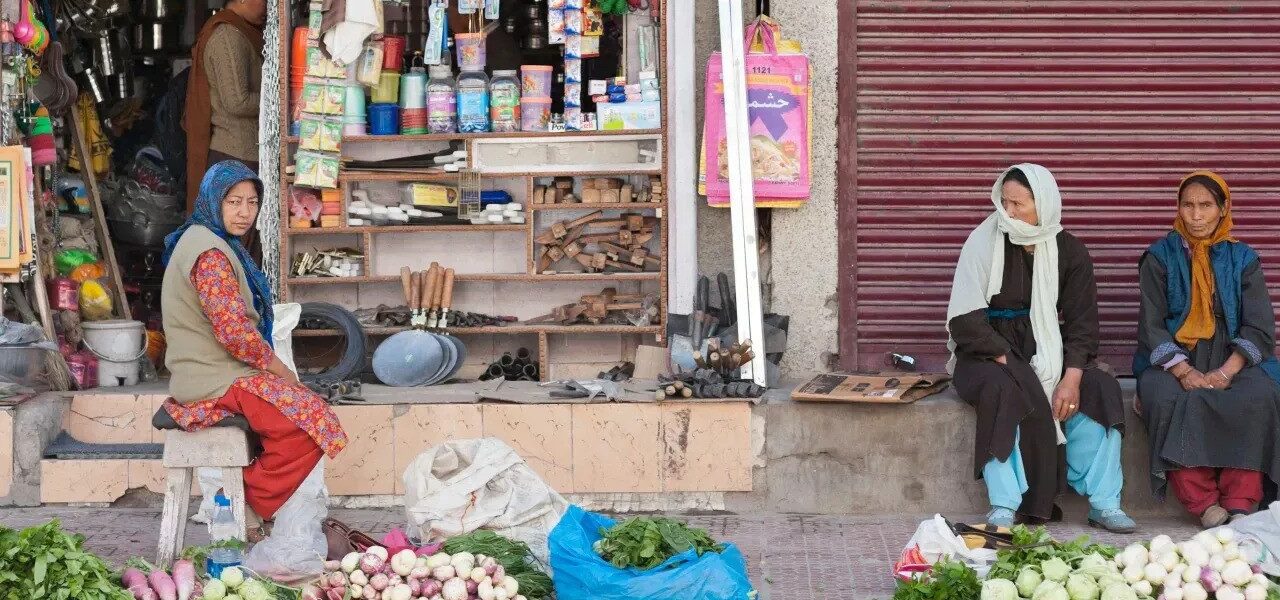Where Time Begins – Lamayuru Monastery
The sun rises slowly over the stark ridges of Ladakh, casting long shadows across the crumbling cliffs of Lamayuru. Here, at nearly 3,500 meters above sea level, you do not simply arrive — you awaken into a place that feels detached from time. The village of Lamayuru, often referred to as the “Moonland of Ladakh” for its oddly eroded and lunar-like landscape, welcomes you not with fanfare, but with a profound stillness.
The road that brings you here from Leh is winding and cinematic — cliffs plunging into ravines, prayer flags fluttering across rocky outcrops, and sudden glimpses of ochre-colored gompas perched impossibly on ledges. But the true arrival happens when you step off the road and into the monastic world of Lamayuru Monastery, one of the oldest and most spiritually significant gompas in the region.
Founded in the 11th century and belonging to the Drikung Kagyu school of Tibetan Buddhism, Lamayuru Monastery is both a place of worship and a living archive of Himalayan history. As you enter, you’re greeted by spinning prayer wheels, ancient thangkas darkened by centuries of butter lamp smoke, and the deep, rhythmic hum of monks chanting the morning puja. It’s not uncommon to see a lone figure sweeping the courtyard, or a curious child in crimson robes peering shyly from behind a stupa. This is not a museum — it is life in motion.
Standing within its walls, the air thick with juniper incense and centuries-old silence, you sense that this is more than a starting point. This is a spiritual threshold. The Lamayuru to Wanla trail is not just a scenic trek — it is an invitation to walk through a landscape shaped as much by devotion as by erosion.
Travelers from across Europe, especially those seeking something beyond the packaged and polished, will find Lamayuru deeply rewarding. Its rawness, its cultural authenticity, and its sacred rhythms offer a refreshing antidote to more tourist-saturated destinations. There’s no rush here, no commercial fanfare. Only an invitation: to walk slowly, to listen carefully, and to let this high desert monastery introduce you to the heartbeat of Ladakh.
So begin your journey not with urgency, but with reverence. Let Lamayuru’s silence speak first. You’ll find that long before the first step on the trail, something inside you will have already started walking.
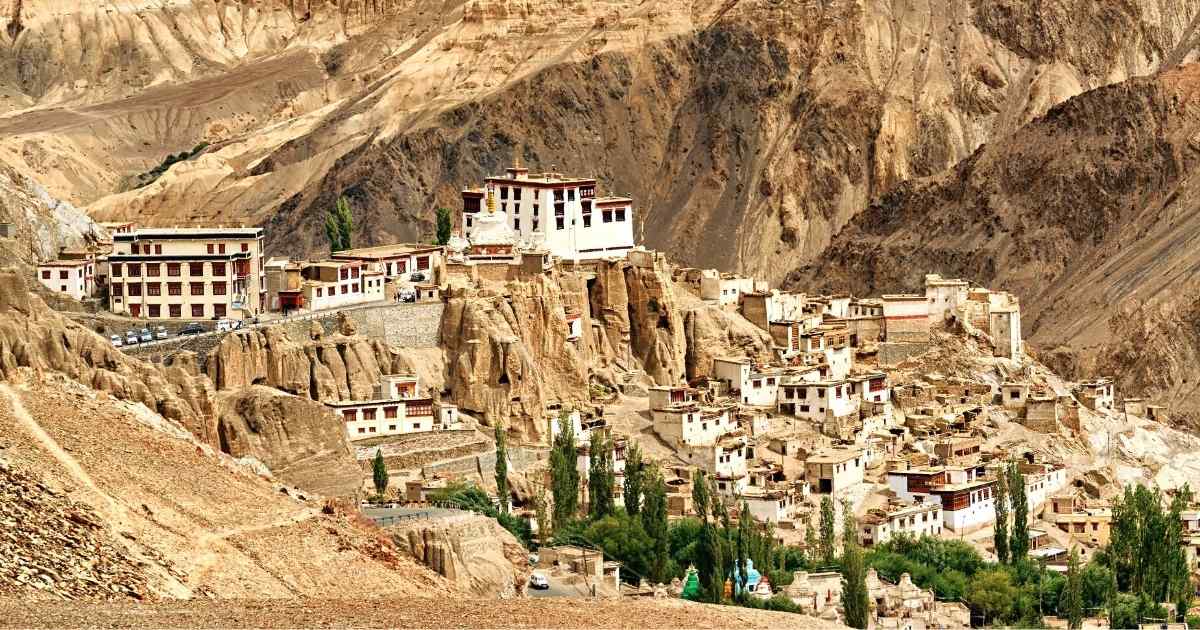
The Path Unfolds – Walking an Ancient Trail
From the high stone walls of Lamayuru, the trail descends gently, as if inviting you to exhale. The early footsteps feel ceremonial — not yet a hike, but a quiet surrender to the rhythm of the land. As the last echoes of the monastery bells fade into the wind, a new sound rises: the soft crunch of gravel underfoot and the distant rustle of barley in the wind. You are now walking an ancient route that has carried monks, traders, farmers, and pilgrims for centuries — a living trail carved into Ladakh’s memory.
The air grows thinner as you approach Prinkti La Pass, the highest point of the trek at 3,750 meters. The ascent is modest by Himalayan standards, but what it lacks in altitude, it makes up for in intimacy. There are no crowds, no checkpoints, no chatter — only the solitary grace of the mountains and the occasional whistle of a Himalayan griffon circling high above. You walk through rock layers that have folded like fabric, across trails lined with prayer stones and splashes of lichen that shimmer like gold dust.
This part of the Lamayuru to Wanla trek is where the spirit of slow travel truly blossoms. Each turn offers a new vignette — a hidden spring beneath a willow tree, a crumbling chorten half-swallowed by the cliff, a lone herder guiding his flock with murmured commands. The terrain is friendly, making this an excellent choice for those new to trekking in Ladakh, or seeking a culturally rich alternative to more demanding routes like the Markha Valley trek.
But this trail isn’t just about the views — though they are stunning. It’s about walking through a story that isn’t yet finished. Local villagers still use this path to visit relatives, to carry harvests, to make offerings at nearby shrines. You may cross paths with a grandmother in traditional goncha robes or a child leading a donkey laden with sacks of apricots. These encounters are not staged; they are everyday life — and they are the heart of what makes this journey unforgettable.
For European travelers who crave meaningful movement — a hike that offers both physical and emotional nourishment — this portion of the trek provides just that. It’s not just about reaching a destination. It’s about letting Ladakh unfold beneath your feet, layer by layer, like pages of a sacred text read aloud by the wind.
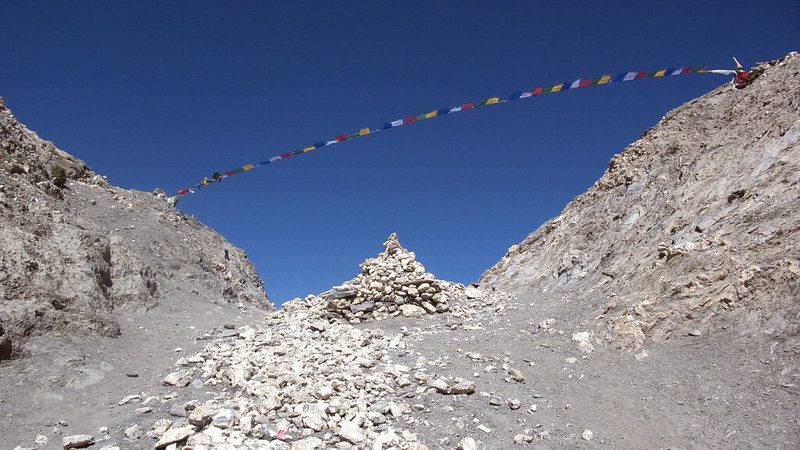
Wanla – A Hamlet with a Heartbeat
As the trail descends from Prinkti La and bends into the valley below, something changes. The wind quiets. The footsteps soften. And ahead, nestled between folds of ochre hills and riverbed, lies Wanla — a village so modest in size, yet so rich in soul. Here, the journey does not end. It settles.
You arrive not with fanfare but with the warmth of a nod from a local woman gathering fodder, or a curious glance from a child perched on a wooden veranda. Wanla village is a living remnant of Ladakh’s medieval past, untouched by haste or commercial gloss. The air smells of sun-warmed earth and apricot wood smoke. Goats bleat softly from stone-walled pens, and the lanes are lined with barley fields, hand-irrigated through centuries-old water channels.
Towering above the village, partially hidden against the rugged slope, stands Wanla Gompa — a 14th-century Buddhist temple that seems to rise out of the rock itself. Fewer travelers visit here, and that’s precisely what makes it special. The sanctuary houses a rare three-story Avalokiteshvara image, its face serene and still beneath faded frescoes that tell the story of Ladakh’s spiritual evolution. The silence here is not empty — it is sacred.
If you stay the night — and you should — consider choosing a homestay in Wanla. It may not have the luxuries of a hotel, but it offers something far more precious: connection. In the low, whitewashed kitchen, you’ll sit cross-legged beside your host, helping shape khambir bread or sipping butter tea while children laugh in the background. You’ll learn that Ladakhi hospitality is not a service — it’s a gift, wrapped in sincerity and seasoned with stories.
For travelers from Europe seeking something real — something tactile, something unforgettable — Wanla offers a window into a way of life that still breathes. It’s not curated. It’s lived. Here, you don’t just visit a village. You are invited into its rhythm. You fall asleep to the sound of prayer wheels spinning in the wind and wake to a view of sunlit mountains reflected in a bowl of morning chang.
This is not the climax of the trek, nor its conclusion. It’s the soft exhale after the effort — a moment of pause and presence. Wanla is the kind of place that doesn’t impress, but stays with you, like the echo of a soft bell long after it’s rung.
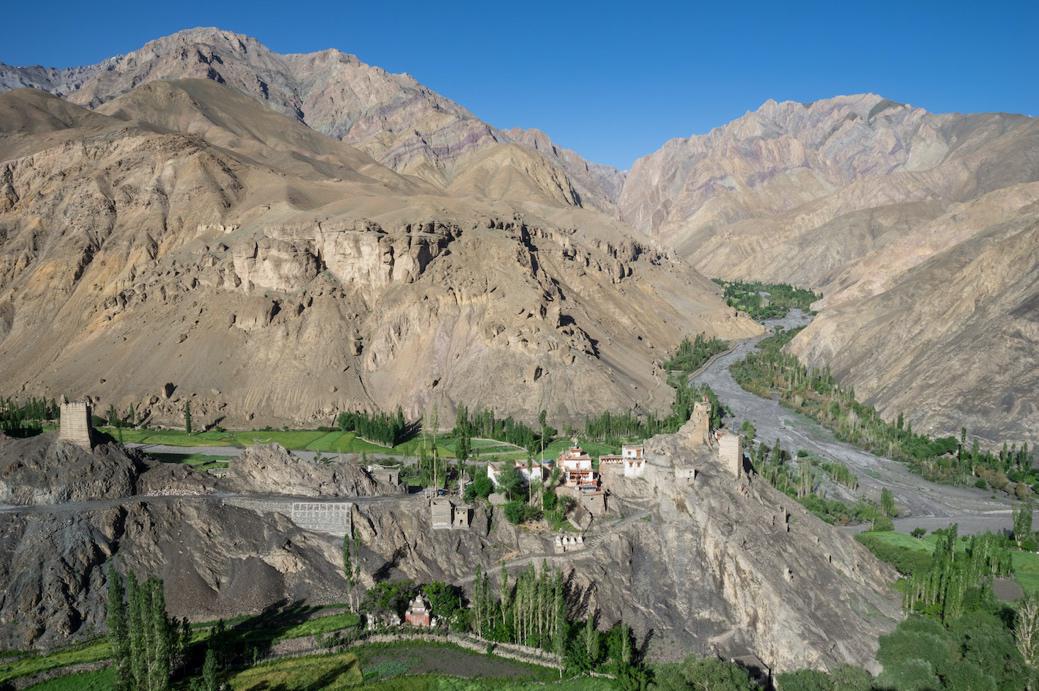
Planning Your Journey – Slow Travel in Ladakh
To walk from Lamayuru to Wanla is not simply to take a scenic hike — it is to move with purpose, to let time stretch, and to experience Ladakh in a way that many travelers miss. But even for a journey as contemplative as this, a little planning goes a long way. And as with all things in the mountains, simplicity is your greatest ally.
The best time to hike the Lamayuru to Wanla trail is between late May and mid-October. During these months, the skies are clear, the temperatures are mild, and the trails are open. If you’re coming from Europe, try to align your visit with the late summer harvest season — the barley fields glow golden, and villages come alive with local festivals.
You don’t need weeks of preparation or a full trekking crew. This is a short trek in Ladakh, often completed in one or two days, making it ideal for travelers looking to experience the Himalayas without the altitude stress or logistical complexity of longer expeditions. Still, a day in Leh before starting will help you acclimatize and enjoy the journey more fully.
You can hike independently with a good map or GPS app (like Maps.me), or hire a local guide from Lamayuru who can not only lead the way but share stories you won’t find in any book. Having a guide also supports the local economy and deepens your connection to the culture. If you’re traveling solo or prefer ease, there are trekking agencies in Leh that organize this route as part of a cultural package through the Sham Valley.
As for gear, pack light but smart. A refillable water bottle, sun hat, windproof jacket, and sturdy walking shoes are your essentials. Nights can be cool, so bring a warm layer even in summer. And don’t forget to carry cash in small denominations — in villages like Wanla, there are no ATMs or digital payments. Hospitality, however, is always in abundance.
Accommodation options are simple but charming. In Lamayuru, there are several guesthouses with stunning monastery views. In Wanla, the homestay experience is more rustic but rich in warmth. This is where you trade Wi-Fi for wonder and room service for real connection.
For those who believe travel is more than sightseeing — that it is a way to participate in the world rather than observe it — this journey offers exactly that. Let the rhythm of your footsteps match the rhythm of Ladakh. Let each bend in the trail be a chance to slow down, look closer, and feel more.
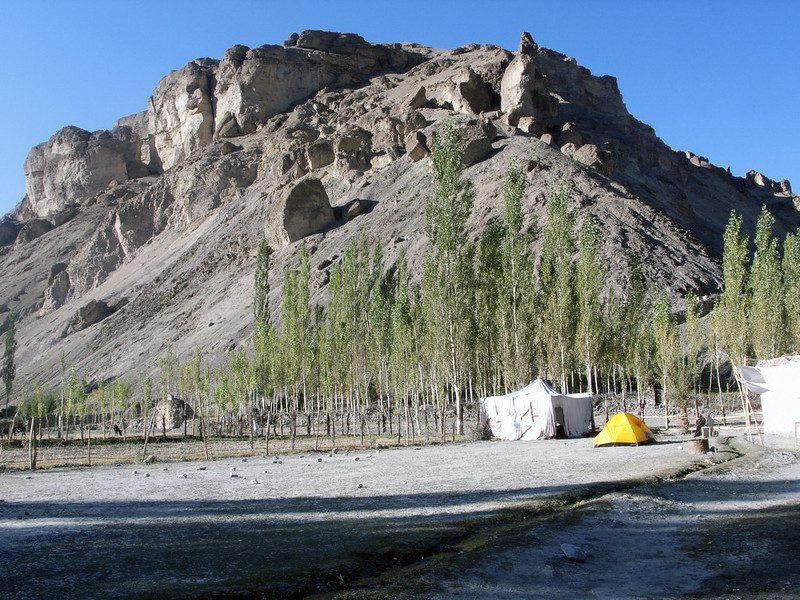
Reflection – The Past Beneath Your Feet
When you finally sit still in Wanla, tea in hand, boots dusted from the trail, something subtle begins to surface. It’s not just fatigue or the satisfaction of finishing a trek — it’s a recognition, deep and quiet, that you’ve walked not only across a landscape, but across centuries of stories. The Lamayuru to Wanla trail is more than a route — it’s a conversation with time.
With each step from the monastery walls of Lamayuru to the apricot groves of Wanla, you’ve been walking a thread that binds Ladakh’s past to its present. This is not a museum path lined with plaques and explanations. It’s a living trail, kept alive by the footsteps of villagers, the echoes of pilgrims, the wind in the prayer flags, and now, yours.
You may find that the most memorable moments weren’t at the highest point of the trek, but in the ordinary. The way an elderly woman offered you a silent smile. The way the sun hit a mani stone, revealing centuries of faded script. The gentle hospitality of a family who had never met you, yet welcomed you as if you were a neighbor returning home. These are the kinds of treasures no map can mark.
Europeans seeking authenticity in travel often search for destinations “off the beaten path”. But perhaps the real rarity lies in paths that are still very much walked — just not by tourists. This trail belongs not to adventurers, but to everyday people who continue to live simply and beautifully amid the high Himalayas. As travelers, our role is not to conquer the trail, but to respect it — to walk gently, listen fully, and leave with gratitude.
The lesson is quiet, but enduring: that in places like Ladakh, the past is not hidden. It’s beneath your feet, within the stones, behind the worn doors, and in the chants that float across the valleys. And the best way to understand it is not to read about it — but to walk it.
This trail may end in Wanla, but its imprint continues with you. Long after you’ve returned home, you may find yourself remembering the texture of the mountain wind, the golden silence of a high pass, or the hum of distant prayer wheels. You may even find yourself walking more slowly through your own life, with a little more reverence for the ground beneath your feet.
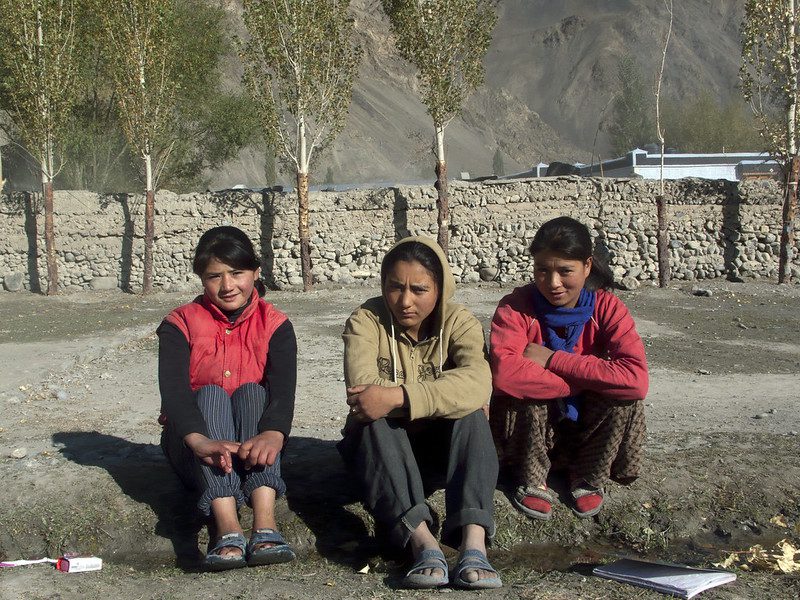
About the Author
Elena Marlowe is an Irish-born writer currently residing in a quiet village near Lake Bled, Slovenia, where the mist rolls off the Julian Alps each morning like a curtain rising on a well-worn stage.
A lifelong traveler with a deep affection for landscapes that speak softly, Elena has spent the last decade chronicling soulful journeys through lesser-known corners of Europe and Asia. Her writing seeks not only to guide, but to invite — to open a door for readers to step into places where history lingers in the air and beauty is found in the overlooked.
With a background in literature and cultural anthropology, Elena brings a poetic yet grounded voice to her work. Whether walking ancient trails in Ladakh or sipping tea with farmers in the hills of Slovenia, she believes that the most meaningful travel is built on connection, curiosity, and humility.
When she’s not on the road, Elena can be found tending her herb garden, translating old travel journals, or writing by the window with her dog, Pádraig, asleep at her feet.
She writes columns that meander gently — much like her favorite trails — always returning to the central idea that travel is not about distance, but about presence.

